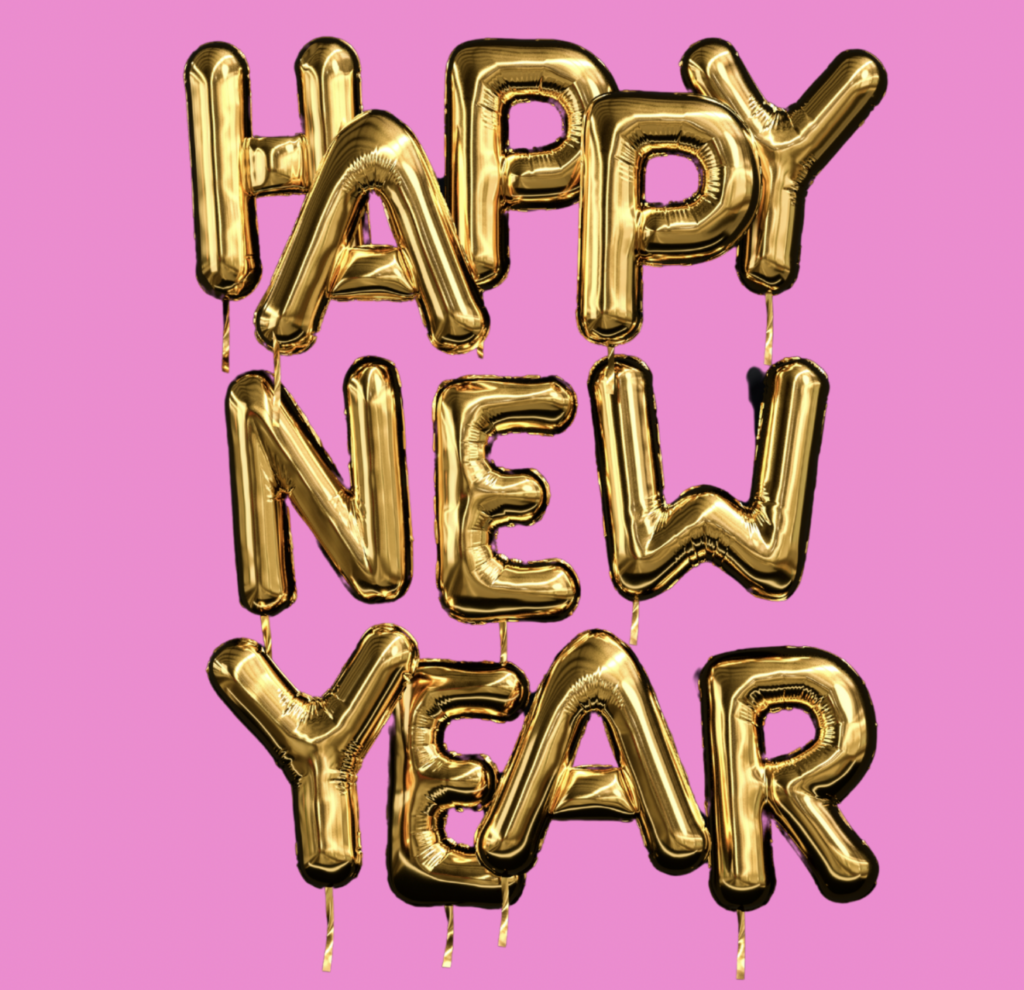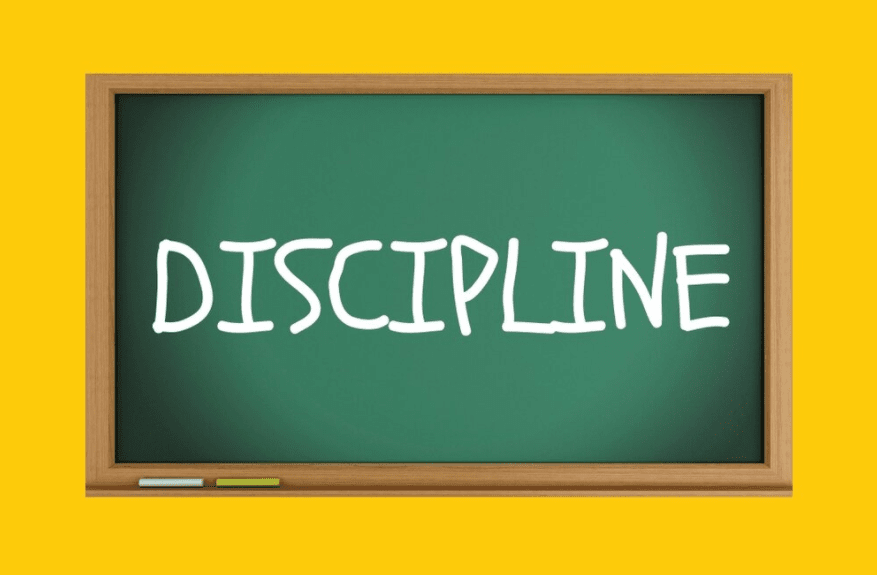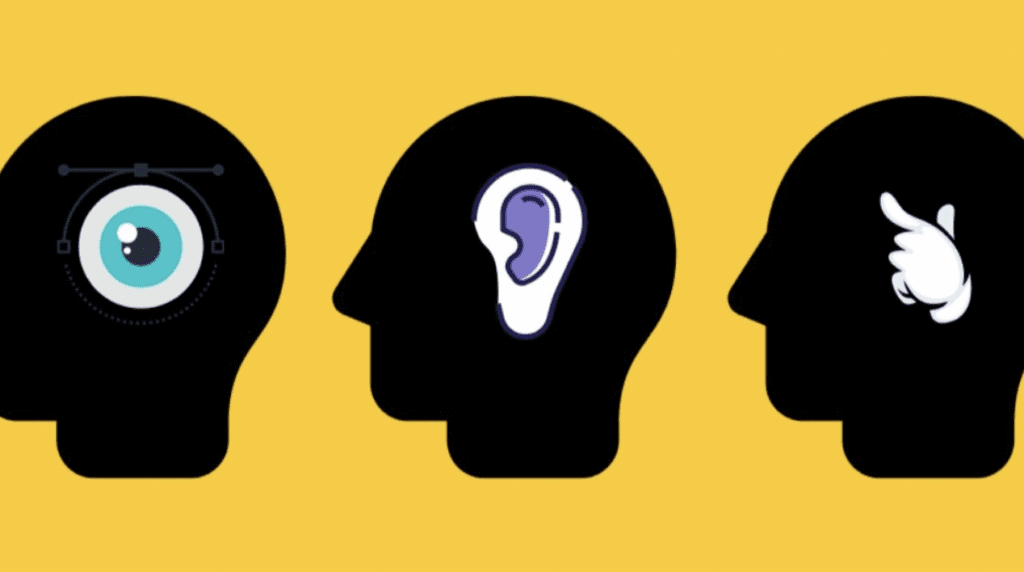
Good graphic organizers can be game-changing for students, especially those with processing and/or organizational challenges. When thinking about graphic organizers, most people jump to the classic t-chart, venn diagram, or web. While these more widely-known organizers are popular for a reason, there is so much more to the world of graphic organizers! They can help students with a vast array of comprehension skills, as well as with planning and organizing writing. They can also help students break down large concepts or topics into smaller, more digestible pieces. Ultimately, the purpose of a graphic organizer is to simplify a concept or skill so that students can process it efficiently.
Types of Graphic Organizers
There are a few different types of graphic organizers, each with its own specific purpose and function. There are those that help students to visualize a sequence or set of steps, and others that help students think about the structure of their writing. While there are countless versions of the organizer, here are some of the most common.
Graphic Organizers for Writing
Brainstorm web: These organizers allow students to map out what they know about a topic to begin collecting information they can use in their writing. Some of these organizers have space for follow-up questions, some do not.
Essay map: The structure of these maps is quite similar to an essay outline, but they have a visual component. Sometimes, the different parts are color-coded. Sometimes the maps run vertically, sometimes horizontally. They always start with the introduction or claim, end with the conclusion, and sandwich main ideas and details in between.
Sequencing chart: A sequencing chart helps students visually plan for what events in a story will happen in what order. These can also be used in reading as a way to keep track of the sequence of events in a story.
Graphic Organizers for Reading:
Story maps help students ensure that they have planned for and considered all of the necessary components of a fiction text, such as character development, setting, theme, problem, solution, etc.
KWL chart: These charts are a wonderful way to introduce students to a new text or topic. Students brainstorm what they already know about a topic, what they’ve learned about it after being introduced, and what they still want to learn about it afterward.
Graphic Organizers for General Learning
Vocabulary organizer: These organizers help students understand vocab words by presenting more ways to interact with the word than just looking up the definition. Students can draw a picture, use the word in a sentence, and come up with a synonym.
Venn diagram: These classic visual organizers are a great way to get kids to start practicing the skill of compare and contrast. Two circles overlap, and students write one topic at the top of each circle. They write similarities in the area that overlaps, and differences in the sections that do not. A more advanced version of this uses three circles instead of just two.
T-chart: These simple graphic organizers allow students to see two components of a topic side-by-side, such as pros and cons.
Mind map: These organizers are great for brainstorming around a topic. Starting with a big idea, students generate subtopics that branch off of the main topic, then generate details off of those subtopics.
Graphic Organizer Resources
The best graphic organizers are the ones students make themselves. Strategically creating graphic organizers helps students build organization skills faster and more meaningfully than just using them. For virtual graphic organizer resources, here are some great tools to help you get started.




